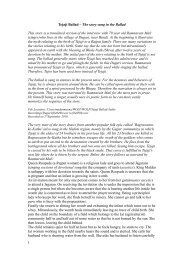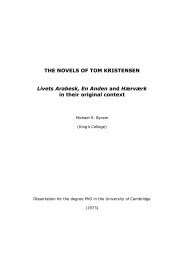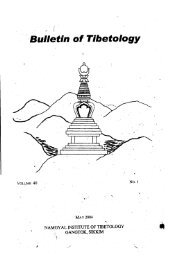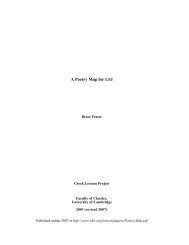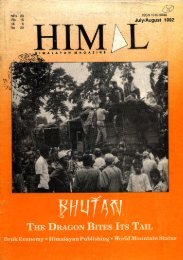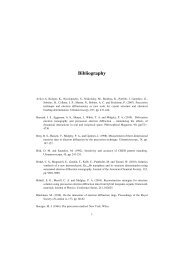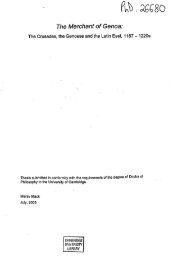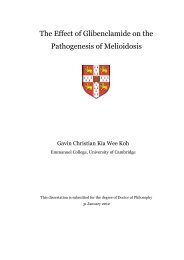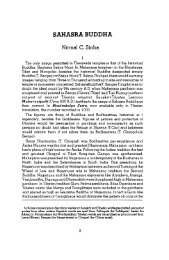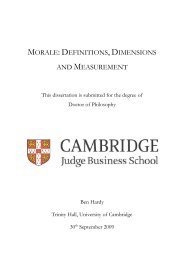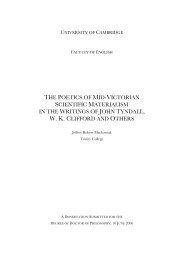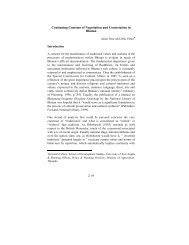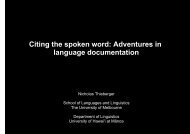Hinayanism
Hinayanism
Hinayanism
You also want an ePaper? Increase the reach of your titles
YUMPU automatically turns print PDFs into web optimized ePapers that Google loves.
Thousands of sculptured panels and friezes in greenish<br />
limestone were recovered from the site, giving us a continuous<br />
bas-relief narration of the life of the Buddha. The scenes<br />
are from both Buddha's life as well as from the Jatakas.<br />
Andhra stu pas are distinguished by the erection of the five<br />
Ayaka pillars on the cardinal directions at the front of the<br />
drum, on the pradakshinapatha. It 1S these which carry<br />
inscribed records often. Inscriptions were mostly in Prakrit,<br />
but Sanskrit records were also found. One of them belonging<br />
to the fourth-fifth centuries A.D. mentions a Dharmakathika<br />
or Dharma narrator by profession who is said to have been<br />
well versed in horoscope casting and for whom the yellow<br />
flag or 'order' furnished amply.<br />
Another inscription from a place called Jaggayyapetta<br />
in Krishna District mentions the setting up of an image<br />
of Buddha in high relief for universal beatitude, by one<br />
Chandraprabha, a pupil of Jayaprabhacharya, who in turn<br />
was a pupil of the venerable Nagarjunacharya. This Nagarjuna<br />
was obviously the later Tantric guru (Siddha Nagarjuna, who<br />
was one of the 84 Siddhas) and not the great founder of<br />
the Madhyamika school. This Nagarjuna was perhaps living<br />
in the fifth century A.D.<br />
A third record from a place called Gummidodurru, also<br />
dateable to the fifth century A.D. which states that for the<br />
universal beatitude, has been set up an image of Bhagat<br />
( Buddha) by Sramana Rahula, pupil of Acharya Dharmadeva,<br />
who in turn was the intimate disciple of Acharya Maudgalyayana.<br />
The information on the relig!ous life of Buddhist monks at<br />
Nagarjunakonda reveals that the Thera Vada (Vibhyya Vada)<br />
school of Ceylonese Buddhism flourished side by side with<br />
Mahayana Buddhism in the valley, although the latter was<br />
dominant.<br />
Here was a typical stupa at Bhattipulu which is said<br />
to have been a Mahastupa enshrining a bone relic of the<br />
Master with flowers of gold and pearls in a crystal casket.<br />
Andhradesa gained a name for producing Buddhist authors<br />
of repute who learned by rote the entire canon and were<br />
known as Dharmakosakas; while the Dharmakathakas delivered<br />
learned discourses on them.<br />
It is accepted, on all hands, that the Mahayana type<br />
became deep-rooted in the soil of central and south India.<br />
Hence, those things, associated with the concept of Buddha<br />
17



